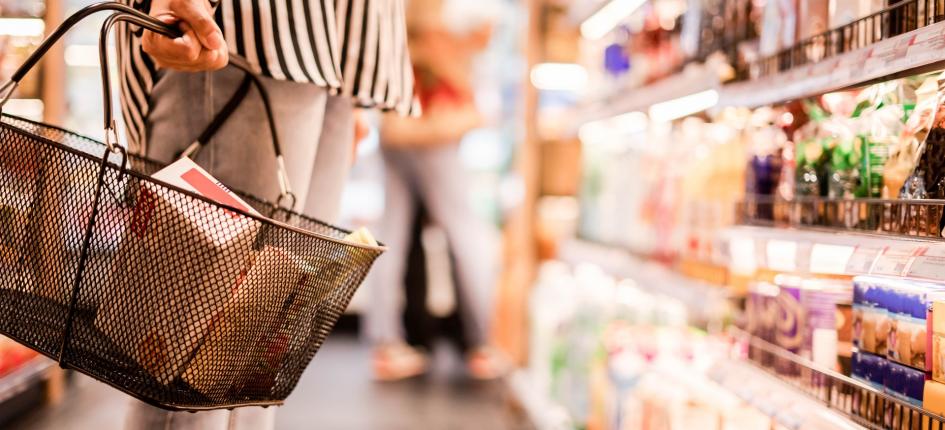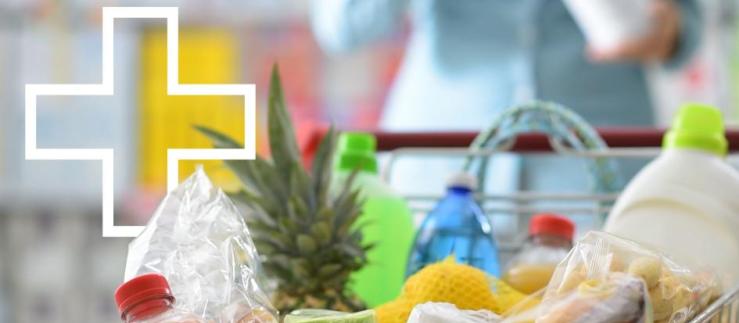Brazil is the second largest exporter of industrialized food in the world, selling to more than 190 countries. The local market is well developed and counts with the presence of large multinational companies with consolidated manufacturing facilities. This results in a competitive market with many players and strong companies.
Despite the COVID-19 crisis, the country remains as one of the most important food consumer markets in the world, reaching a turnover of BRL 573 billion (approx. CHF 101 billion) in 2020. This represents 17% of consumer’s disposable income. Even though Brazil presents a socio-demographic polarization, with lower incomes compared to developed countries, half of Brazil’s population is considered middle class while 16 million are part of upper class with high spending capability. This group is the target of premium imported food products.
Premium Price Positioning
Regardless of the influence of the exchange rate, Swiss exporters should be aware that, when approaching the Brazilian market, most imported food and beverage will have a premium price positioning, compared to local products. Catering to the upper class with a premium price positioning calls for a focused go-to-market and marketing strategy. USP’s are important to justify a premium price positioning. This will have a decisive impact on the marketing strategies for food exporters in the Brazilian market. When placed in the high-end category, imported goods should present characteristics of premium products to justify the difference in price, and consumers must be able to recognize their premium attributes.
Download our report now and benefit from our business insights.





